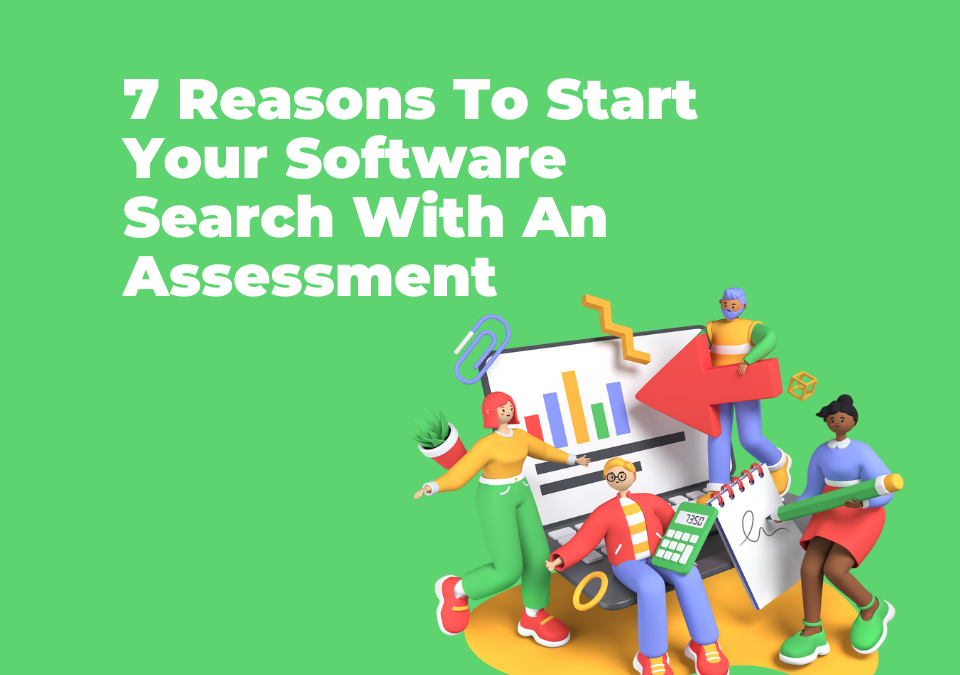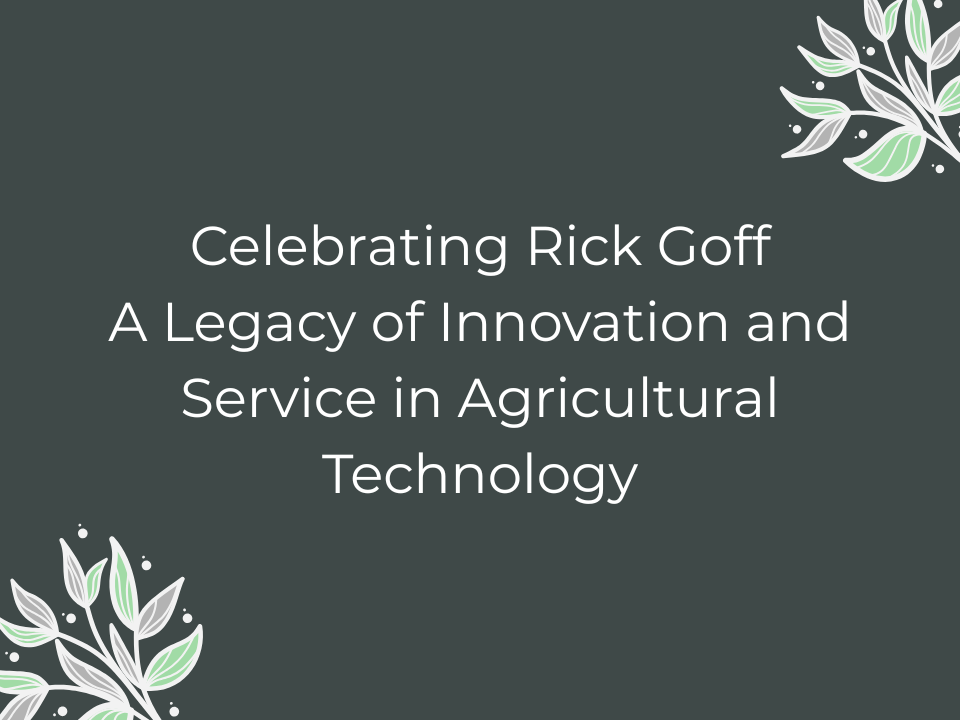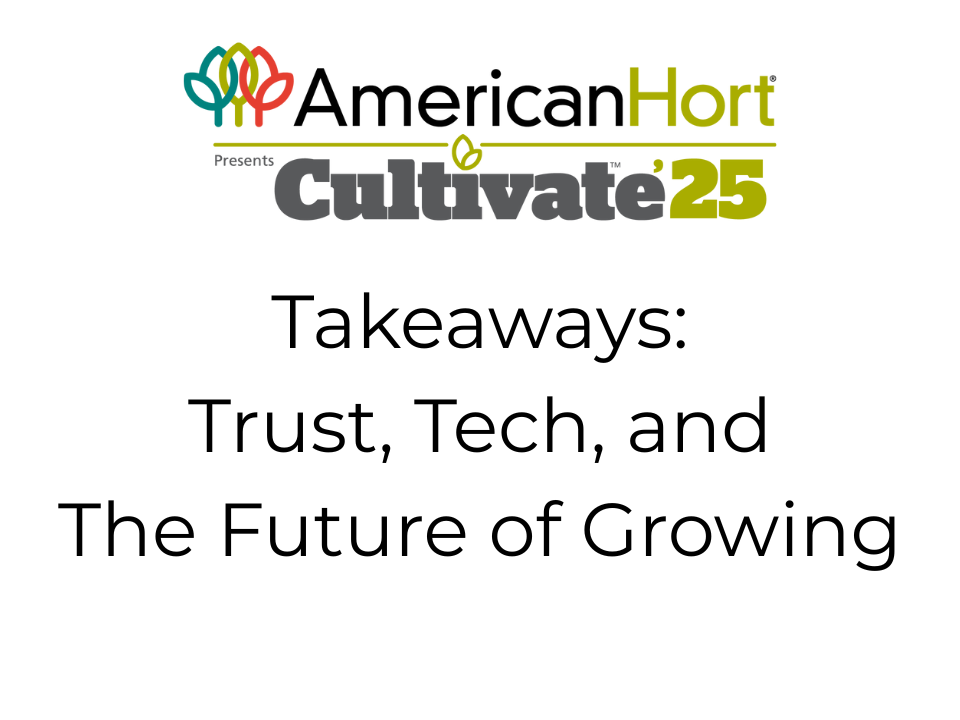
Advanced Grower Solutions Announces Partnership with PivotPoint Business Solutions
October 11, 2023
5 Key Elements Of Grower Production Planning
October 23, 2023“We are struggling to assess these IT systems”.
An actual quote from a real grower trying to figure out what IT systems to use.
That quote, in other forms and words, occurs over and over again.
When it comes time to add or change a software system most people start with a Google search or clicking on an ad or reading some blog posts.
Occasionally they talk to friends or trusted colleagues to get ideas and recommendations. Some will even fill out a Contact Us form on supplier websites to engage to get more information.
Certainly, all these ways are valid and can provide information to inform an eventual decision they are not the optimum starting point.
Typically, after a few weeks and a few supplier presentations, the grower team is no closer to understanding the best way forward and is stuck trying to rectify all the competing information from suppliers, the internet, and other sources.
Don’t fall victim.
The best way to begin a search for a new software system is to pause and assess your business’ needs in a holistic manner.
A good consultant can help you formulate your real needs and requirements. This process alone will speed up and improve the effectiveness of any future selection process.
Here are 7 reasons why.
Fresh Eyes Reveal Key Issues
A qualified consultant brings collective experience from working with many growers in different situations and a variety of technology experiences.
They can juxtapose your situation with a much broader understanding of applied systems for growers and help build a potential plan for improvements that can be more comprehensive and avoid sub-optimizations.
Further, the constant asking and saying of things can bridge internal disagreements and conflicts helping build internal consensus from leadership.

What Not To Do
The combined experience of a good assessment consultant can also help you avoid implementations that won’t work for your business. This helps you avoid wasting the time of your employees and your capital dollars.
An experienced consultant can help you learn from the experiences of other growers and avoid issues they may have run into.
Asking The Right Questions
Whether it’s the ‘sacred cows’ or the ‘we’ve always done it that way’ an experienced third party can ask the right questions (without the organizational baggage) to reveal and more clearly define the real barriers and pain points that, once resolved can move the business forward.
Someone with the right combination of experience with systems and grower operations can help review and ascertain the drivers for change.
Setting Reasonable Expectations
Too many times growers’ staff struggles with estimating the effort new system changes or implementations will take. Effort estimation is a difficult task, and an experienced consultant can help set reasonable expectations for timelines, resource requirements, and costs.
Further, the extreme seasonality of our industry also impacts timeline estimates and consultants with real world experience can help adjust any future schedules for these impacts.
System Integration Needs
Many growers can and will benefit from appropriate system integrations where data flows between systems.
System Integrations allow growers to choose best fit tools for given areas with the idea that needed data flows can be enabled.
Most modern tools and systems can be set up to integrate with other systems.
Integration of tools can help growers avoid waiting for the ‘one system that does it all’. It can also help reduce costs since in some cases the one system that does it all can be expensive.
Experienced consultants will know this and can help educate your team on what is possible and achievable for your situation without relying on some random salesperson’s promises and assurances that ‘yeah…..it can do that’.
Educating Employees On The Process
Sometimes we hear of a grower assigning one of their employees to do the system research. This usually does not provide the optimum solution.
First, your employees’ main job is their day job and that will always take precedence over new initiatives such as researching new systems.
Secondly, while they may have good questions, due to lack of broad system implementation experience or technology training they may neglect to ask the right questions to elicit the correct view of a potential system candidate.
Thirdly, employees will typically focus on their perception of the issue or pain point and that could result in too narrow considerations for any pending change.
Aligning The Three P’s
Astute growers know that it’s the right combination of People, Products, and Processes that ultimately help them win in the marketplace.
A good consultant understands this and can bring their experience to bear to help identify gaps in any of the P’s and how that might impact system choices, implementation plans, ongoing usage, and integration of a new product into your business processes.
Conclusion: Why It Matters
A good assessment can help a grower get a more objective perspective on where their business is and what the real needs are and potential improvements that can be made using different systems.
Further, once the assessment is done you have a blueprint for what do to.
And finally, a good consultant can be a liaison to any future system selection or implementation projects. They will know the questions to ask potential suppliers and have the magic decoder ring to sort through the jargon and vague answers to get you the real unvarnished situation with a given supplier.
Growers are growers and typically don’t have deep experience in software, systems, data, or similar. A good consultant who does will be a force multiplier for your team.
Just like we don’t use DIY appendix removal kits or engage in ‘fill your own cavities’ projects for obvious reasons, don’t try to DIY your next system project, get a professional to come in and help and you will get a better result.
Find Out More
Contact us today to learn more about how our consultants can help you improve your operation.





